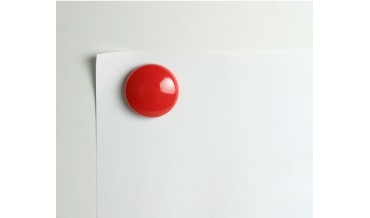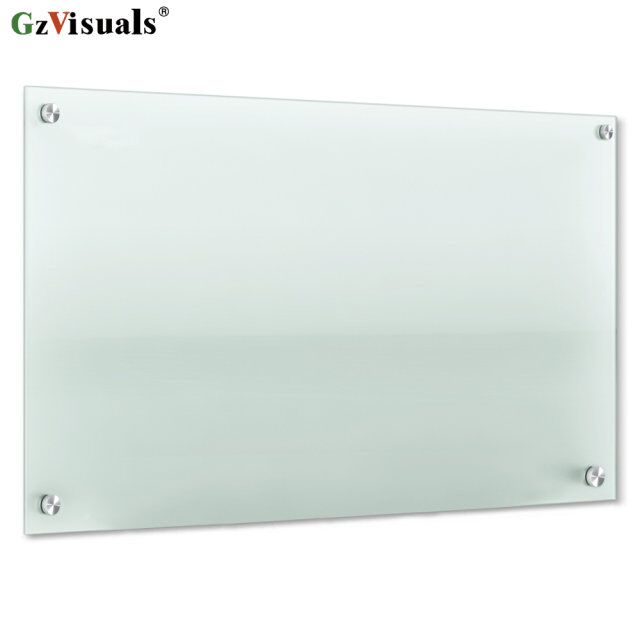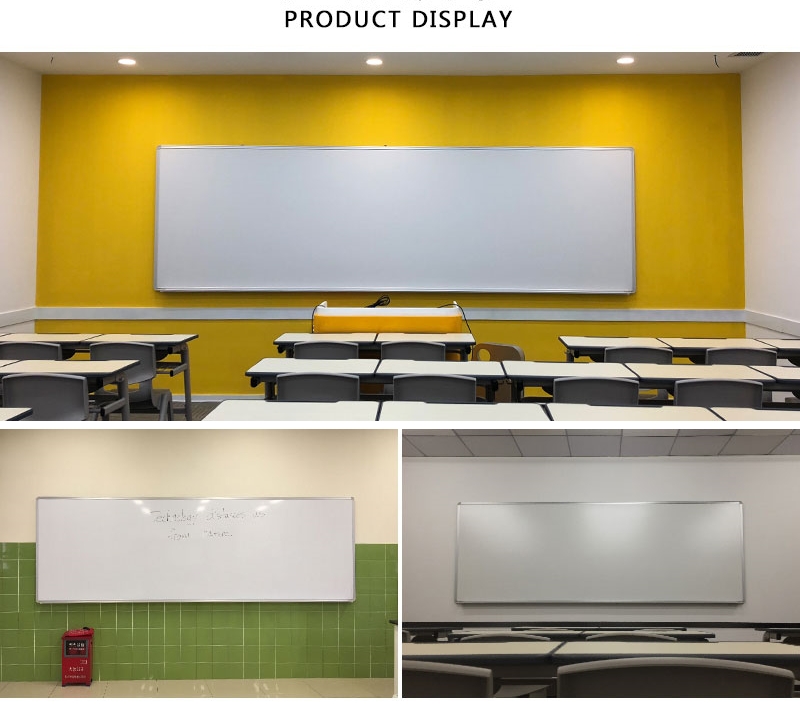
What’s the Difference Between Whiteboard Surface Types?
25/07/2023
If you're searching for a new dry-erase board, you might be overwhelmed by the choices. Understanding the surface types is crucial as it affects the board's durability, ease of cleaning, and whether it can support magnets. Let's take a look at the most common surface types:
Glass Boards For top-notch performance and a modern touch, go for a glass dry-erase board. These stylish boards are favored in newly renovated offices and classrooms. Made with tempered glass, they are extremely durable, scratch-resistant, and easy to clean. The smooth glass surface ensures no stains or ghosting after erasing.

Glass whiteboards offer a perfect blend of function and style. They come in various colors and frameless designs to match your decor. They are available in both magnetic and non-magnetic options. Keep in mind, for magnetic use, you need to use rare earth magnets due to the thickness of the glass.
Traditional Whiteboards
- Porcelain Whiteboards: These boards have a smooth porcelain surface with steel backing, making them magnetic. They are durable, non-porous, and won't stain or ghost.
- Lacquered Steel Whiteboards: The classic dry-erase boards found in many places. They are magnetic, easy to write on, and come with various coatings. Nano-Clean boards are the best-performing in this category.
- Melamine Whiteboards: Affordable and suitable for occasional use. They are non-magnetic and have a dry-erase coating. Total Erase coating improves erasability on select boards.

Choose the whiteboard that fits your needs and space, and we're here to support your creative journey! Explore our dry-erase board collection for more options.
